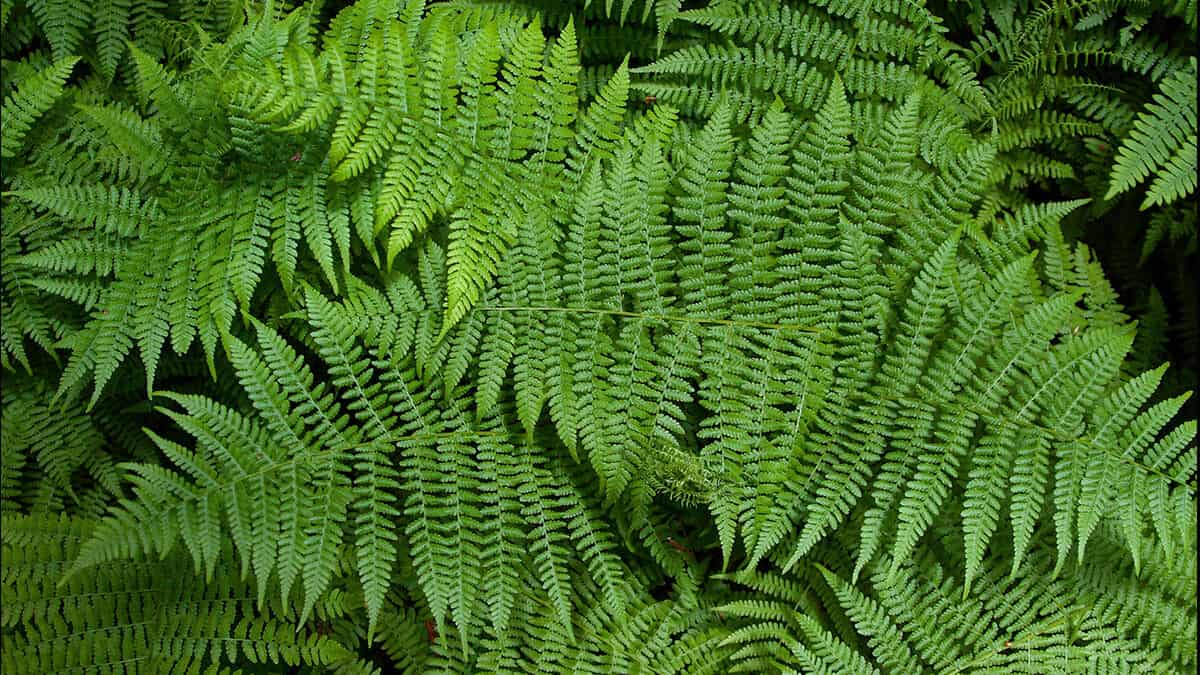Welcome to the Cretaceous period, which existed between 65 and 144 million years ago! More dinosaurs lived during this time than at any other. The world was experiencing some of the hottest climates ever known and was home to a wider range of environments and species than had been seen before…
Flowering plants, known as angiosperms, began to bloom in the Cretaceous period – spreading from the warmer tropics where the conditions were perfect for them to flourish. One common type of angiosperm were the palms which populated the forests in huge numbers, although another type you might recognise were water lilies, like those found in ponds today.
And with flowers, came many varieties of insects – from butterflies and beetles to flies and ants, and also early relatives of bees to pollinate the flowers.
Hmmm, that’s a cyclad and it’s telling you to keep off! With more animals around, plants had to get clever too – some grew stiff spikes, others developed poisons or unpleasant tastes to put off herbivores eating them.
The herbivores in the Cretaceous period were some of the largest sauropods ever. Sauropods had huge bodies, long tails and necks and small heads, and the Argentinosaurus is thought to be the largest that ever lived.
Only a few fossils have been found but they show he was 30 metres long and weighed over 60 tonnes. With his enormous neck, he could reach the tallest tree tops to strip huge amounts of vegetation he needed.
Herbivores like the Argentinosaurus roamed around forests like these amongst the conifers and palms.
Even hotter parts of the world, like the area that’s now East Asia, were more like deserts. Very hardy plants grew there and dinosaurs had to be tough to survive, either managing to eat the dry and spiky vegetation or by preying on other animals. As a result, deserts were some of the most terrifying places of all…
Insects can help us learn about plant life but insects rarely become fossilised. However, soft and sticky resin that oozes from tree bark can trap insects, preserving them incredibly well when fossilised into amber.
Amber found in Ethiopia in 2010 helped scientists put together a snapshot of the Cretaceous woodland and the different animals and plants that lived at that time. Spiders, wasps and one of the oldest ants in the world were all trapped in perfect detail.
> Visit the Age of the Dinosaurs homepage
> Download the free Age of the Dinosaurs podcast from iTunes
Add a commentAge of the Dinosaurs
Find out all about the Jurassic and Cretaceous periods!
More From Age of the Dinosaurs



